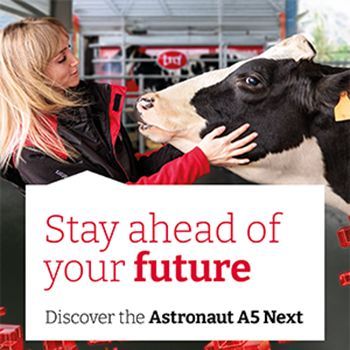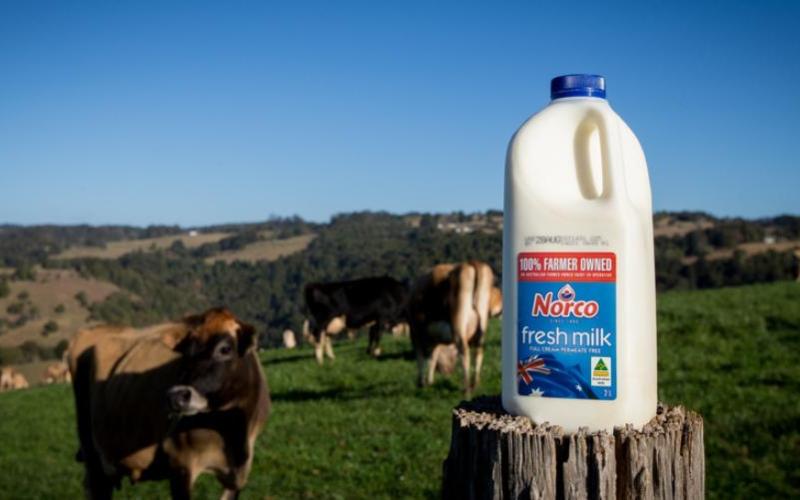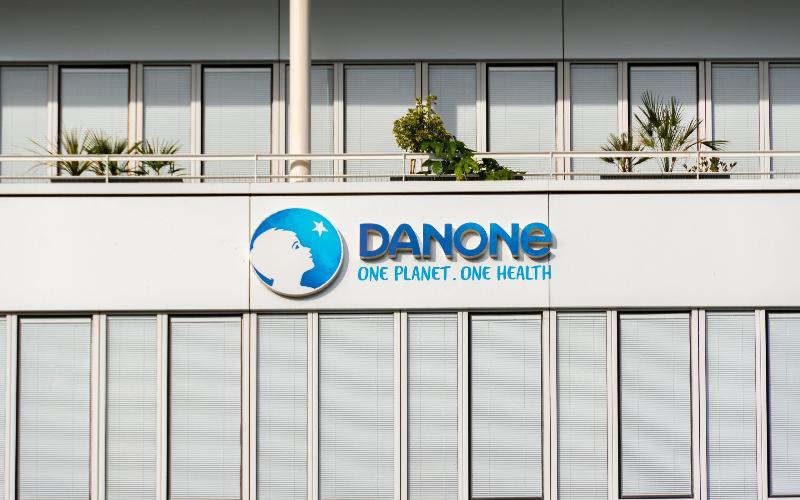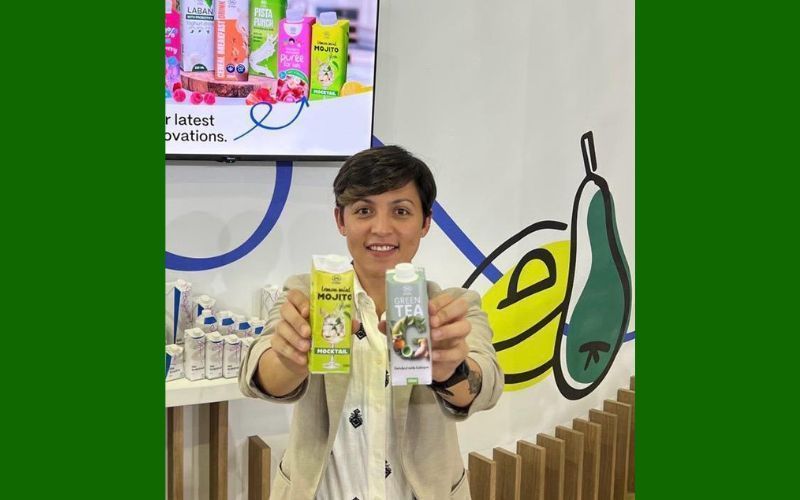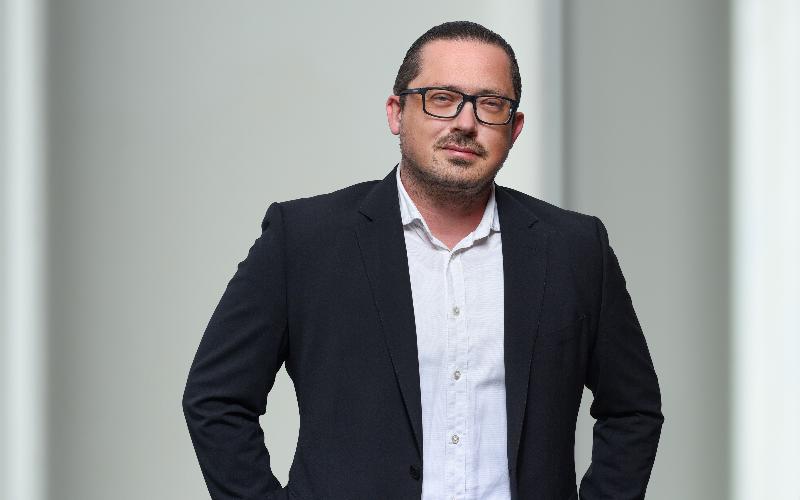Nepal Charts a Sustainable Path for Dairy Production

As Nepal seeks to address the escalating demand for nutritious dairy products while tackling climate and productivity challenges, a significant national workshop was held on May 13–14, 2025, at the Chandragiri Hill Resort near Kathmandu. Over 50 stakeholders, including researchers, government agencies, development partners, and private sector participants convened to co-develop a Theory of Change for Nepal’s dairy value chain under the CGIAR Sustainable Animal and Aquatic Foods (SAAF) Science Program.
This workshop marked a collaborative effort to identify priority research areas, design scalable innovation packages, and foster a unified vision for a sustainable dairy transformation. Fred Unger from the International Livestock Research Institute highlighted Nepal's pioneering role in co-designing its dairy roadmap under the SAAF program.
Nepal aims for a 50% increase in dairy cattle productivity and a 30% boost for buffalo by 2035. Achieving these targets will necessitate genetic improvements, affordable feed, and solutions to address infertility and health issues.
The session resulted in prioritized research themes and innovation packages, with key focus areas such as genomic selection, climate-resilient practices, and digital platforms for inclusive access to dairy services. Samjhana Kafle from the Ministry of Agriculture and Livestock Development underscored the value of collaborative co-design in the initiative.
The outcomes of the workshop will be refined into a comprehensive Theory of Change document, guiding the country's future research and implementation strategy under the SAAF program.

